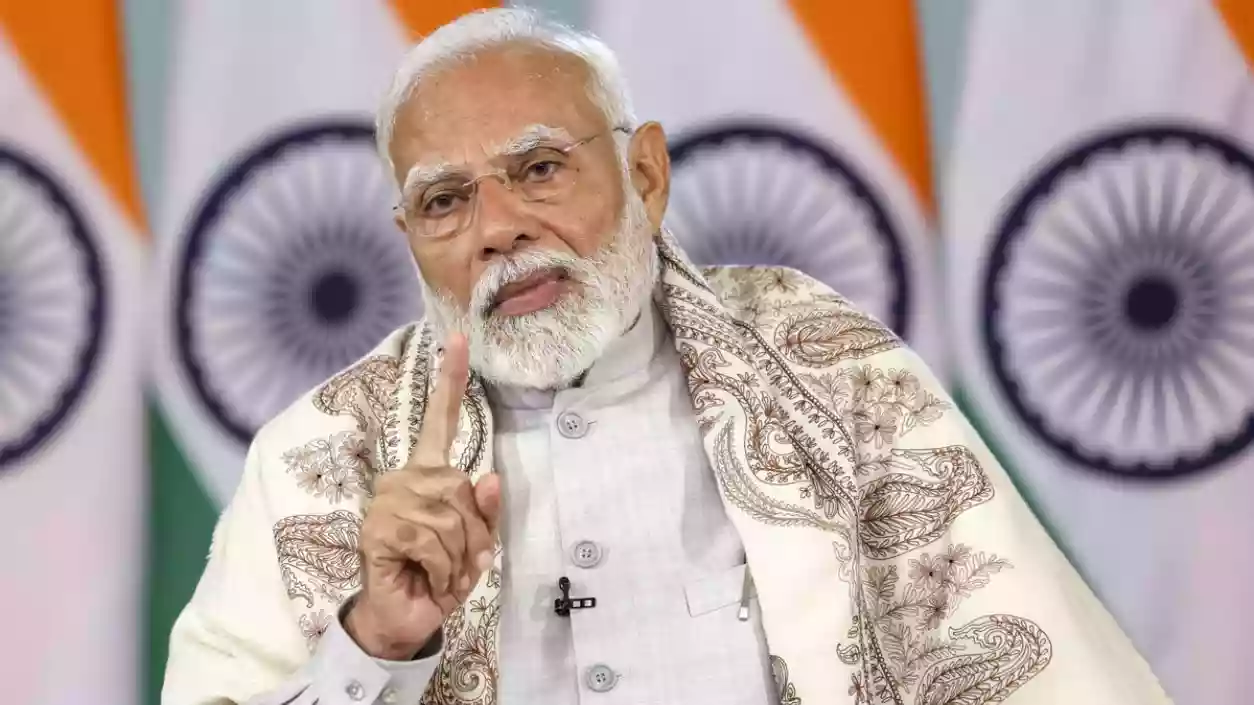Protests erupt outside Kasba Police station as 3 arrested in alleged Kolkata college gang rape
.gif)
.gif)

Prime Minister Narendra Modi, in his address ahead of the Union Budget 2025-26, outlined his government’s focus on measures aimed at providing financial relief to the poor, middle class, and women. Modi invoked Goddess Lakshmi, the Hindu goddess of wealth, and expressed hopes for her blessings to be particularly generous toward these groups. The Prime Minister’s comments were widely interpreted as indications that the upcoming Budget may include significant reforms or expansions in welfare and tax policies aimed at these sections of the population.
For the middle class, the government may consider adjustments to the income tax structure. While tax slabs have remained largely unchanged since the introduction of the new tax regime in 2020, there have been rising calls for reform. Inflation has caused many taxpayers to fall into higher income tax brackets, despite real incomes remaining stagnant. Discussions around the Budget suggest the possibility of increasing the standard deduction for salaried individuals, which was raised to ₹75,000 in the previous Budget, or other tweaks to income tax slabs to offer tax relief and increase disposable income.
The government is also expected to place a strong emphasis on women’s empowerment in Budget 2025-26. Key initiatives that could see enhanced allocations include the Pradhan Mantri Jan Dhan Yojana (PMJDY), which aims to provide financial inclusion to women, and the Pradhan Mantri Mudra Yojana (PMMY), which offers micro-financing opportunities to women entrepreneurs. Programs like Mission Shakti and the Nari Shakti initiative, which focus on improving safety, education, and healthcare for women, may also receive higher funding. In addition, maternal health schemes such as the Matru Vandana Yojana (PMMVY) and the Janani Suraksha Yojana (JSY), which provide financial aid and healthcare services to pregnant women and new mothers, could be further expanded.
The Budget is expected to continue or increase support for the poor through ongoing welfare programs. The Pradhan Mantri Garib Kalyan Anna Yojana (PMGKAY), which offers free food grains to low-income families, may see an extension or enhanced funding, especially as inflation continues to strain household budgets. Affordable housing schemes, such as the Pradhan Mantri Awas Yojana (PMAY), and rural employment initiatives, including the Mahatma Gandhi National Rural Employment Guarantee Act (MGNREGA), which guarantees 100 days of wage employment to rural households, are likely to receive significant allocations. These programs are central to the government’s strategy to alleviate poverty and provide essential services to the marginalized sections of society.
Economic growth will continue to be a primary focus in the upcoming Budget. Modi highlighted innovation, investment, and inclusion as key drivers for a robust economy. Given the expected slowdown in India’s GDP growth, which is projected to dip to 6.4% in 2024-25 from 8.2% in the previous year, the government is expected to prioritize policies aimed at boosting consumption and stimulating demand. The introduction of measures like infrastructure investment, incentives for green energy, and support for the digital economy could be included in the Budget to fuel economic recovery.
The fiscal consolidation goal will remain central to the government’s Budget planning, as it works to reduce the fiscal deficit while simultaneously addressing the needs of the poor, middle class, and women. Balancing fiscal discipline with expanded social welfare programs and tax relief will be a challenging task, especially given the economic slowdown, rising inflation, and the need for immediate measures to stimulate growth. While the government is committed to long-term development, it must also respond to short-term economic pressures in a way that maintains fiscal stability.
As the Union Budget 2025-26 is set to be presented on Saturday, the government will likely focus on expanding existing welfare programs while introducing new initiatives aimed at stimulating the economy. With national elections looming, the Budget will be a critical tool for addressing the concerns of various demographic groups, including the middle class, women, and the rural poor, while ensuring that India’s economic trajectory remains on course.